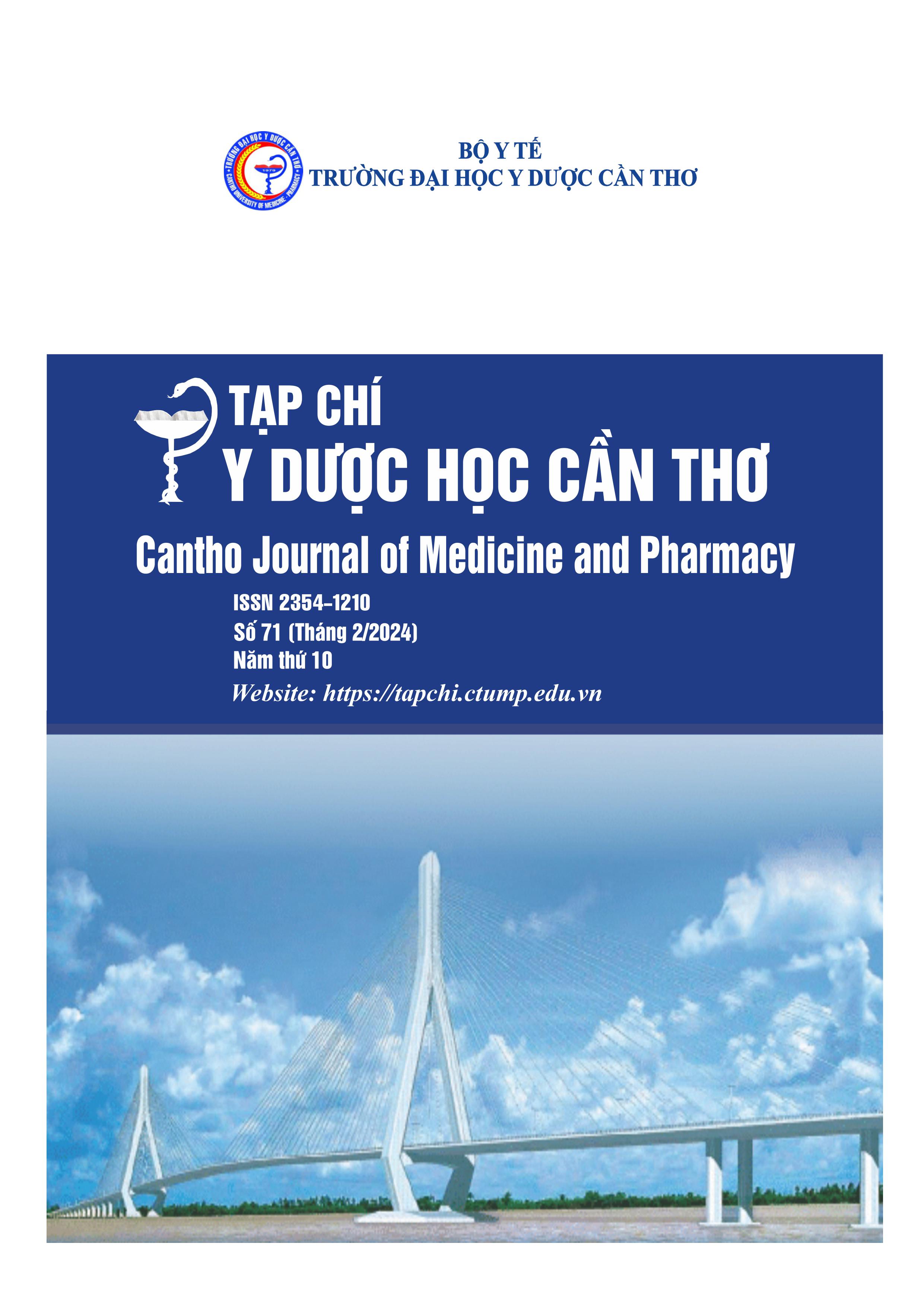STUDYING CLINICAL CHARACTERISTICS AND RELATED FACTORS AND COMPARE THE EFFECTIVENESS OF TREATMENT OF REGIONAL HAIR LOSS USING BETAMETHASONE INJECTION WITH APPLICATION OF FLUOCINOLONE ACETONIDE INJURY
Main Article Content
Abstract
Background: Alopecia areata is an autoimmune condition characterized by sudden hair loss from one or multiple areas on the scalp or body, which can significantly affect the patient's quality of life and have serious psychological implications. Objectives: To investigate the clinical characteristics and associated factors, compare the effectiveness of treatment, and assess the adverse effects in patients with alopecia areata treated with Diprosan® injections (Betamethasone dipropionate and Betamethasone Na phosphate) versus Fluocinolone ointment. Materials and methods: A comparative clinical trial was conducted, using a convenient continuous sampling method, involving 60 diagnosed patients with alopecia areata. Results: The average age is 30.85 ± 8.25, the average disease duration is 10.13 ± 9.71, men predominate with a rate of 62.7%. There was no difference in family history, stress, and exclamation point hair between the mild and severe groups (p>0.05), but personal history factors were statistically significant (p=0.006). The area distribution of mild injuries is 78.0%, moderate at 16.9%, severe 3.4%, very severe 1.7%. The Fluocinolone topical group had stable treatment results during the two-month treatment period with 80%, after 2 months of stopping and monitoring, the rate was 86.7%. The Betamethasone injection group initially had poorer results, but after 2 months of treatment and follow-up, the results improved with a good rate of 93.1%. Side effects showed that group 1 had itching symptoms, accounting for a fairly high rate of 33.3%, while the remaining had no side effects. Meanwhile, only 17.2% of patients in group 2 had symptoms. Conclusions: Intradermal Betamethasone is a successful treatment option for alopecia areata.
Article Details
Keywords
Betamethasone, Can Tho City Dermatology Hospital, alopecia areata.
References
2. Hair loss. Mayo Foundation for Medical Education and Research. 2022. https://www.mayoclinic.org/diseases-conditions/hair-loss/symptoms-causes/syc-20372926
3. Lê Thị Thuỳ Trang. Nồng độ interleukin-17a trong huyết thanh của bệnh nhân rụng tóc từng vùng và các yếu tố liên quan. Trường Đại học Y Dược Hồ Chí Minh. 2019. 14.
4. Đào Minh Châu. Nghiên cứu hiệu quả điều trị bệnh rụng tóc từng vùng bằng Tacrolimus 0,1% kết hợp với Minoxindil 2%. Trường Đại học Y Hà Nội. 2013. 34.
5. Trần Quốc Cường, Huỳnh Văn Bá, Từ Tuyết Tâm. Nghiên cứu đặc điểm lâm sàng, chất lượng cuộc sống và kết quả điều trị rụng tóc từng vùng bằng betamethasone tiêm dưới da tại bệnh viện da liễu thành phố Cần Thơ. Tạp chí Y Dược học Cần Thơ. 2022. (53), 26-33, https://doi.org/10.58490/ctump.2022i53.170.
6. Mahjoub, T. T. The clinico-epidemiological profile of alopecia areata: A hospital-based study in Jeddah, Saudi Arabia. Journal of Dermatology and Dermatologic Surgery. 2020. 24(2), 122124, https://doi.org/10.4103/jdds.jdds_77_19.
7. Đỗ Thị Phương Thảo và Vũ Thái Hà. Chẩn đoán rụng tóc từng mảng bằng dermoscopy. Tạp Chí Da liễu học Việt Nam. 2022. (35), 13-19, https://doi.org/10.56320/tcdlhvn.v35i.4.
8. Sy, N., Mastacouris, N., Strunk, A., & Garg, A. Overall and racial and ethnic subgroup prevalences of alopecia areata, alopecia totalis, and alopecia universalis. JAMA dermatology. 2023. 159(4), 419-423, https://doi.org/10.1001/jamadermatol.2023.0016.
9. Hamidpour, E., Shakoei, S., Nasimi, M., & Ghandi, N. Effects of age and sex on the comorbidities of alopecia areata: A cross‐sectional hospital‐based study. Health Science Reports. 2023. 6(7), e1444, https://doi.org/10.1002/hsr2.1444.
10. Tan, E., Tay, Y. K., Goh, C. L., & Chin Giam, Y. The pattern and profile of alopecia areata in Singapore–a study of 219 Asians. International journal of dermatology. 2022. 41(11), 748-753, https://doi.org/10.1046/j.1365-4362.2002.01357.x


